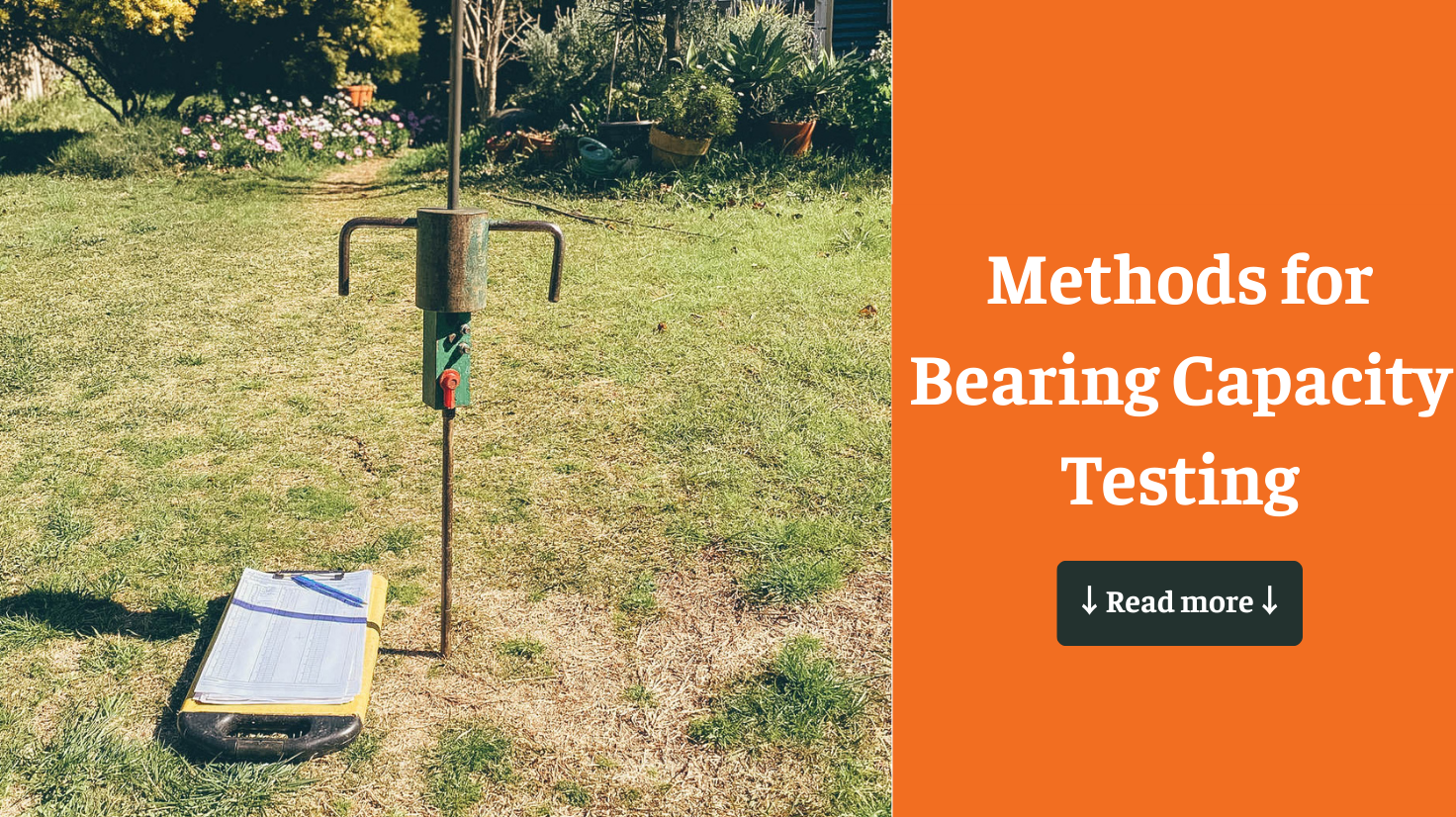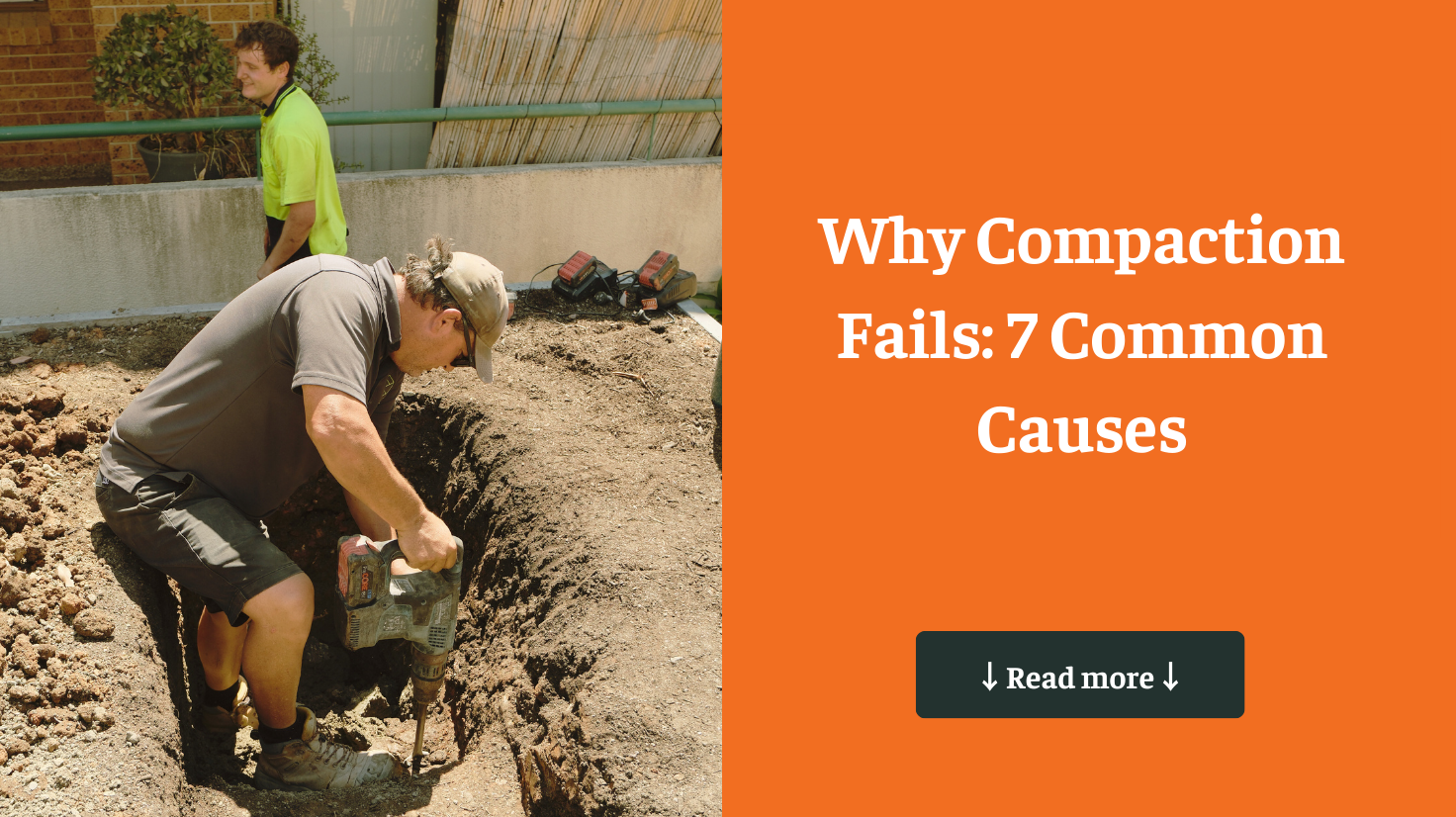Testing the bearing capacity of soil is a critical step in ensuring the stability and safety of any construction project. Without accurate bearing capacity assessments, foundations may fail, leading to structural damage, costly repairs, or even catastrophic failures.
This article provides an in-depth discussion on the various methods and equipment used for bearing capacity testing, guiding you to choose the best approach for your specific project needs.
1. Understanding Bearing Capacity Testing
Bearing capacity testing is the process of evaluating the ability of soil to support the loads applied to it by a structure. The results from these tests are essential in designing foundations that can safely bear the weight of the structure without excessive settlement or the risk of failure. Accurate testing allows engineers to make informed decisions, ensuring that the foundations are both safe and cost-effective.
Here, we will explore different methods, and the essential equipment used in these tests.
2. Common Methods for Bearing Capacity Testing
- Standard Penetration Test (SPT)
The Standard Penetration Test (SPT) is one of the most widely used methods for testing the bearing capacity of soil. It involves driving a split-barrel sampler into the soil at the bottom of a borehole by repeated blows of a standardised hammer. The number of blows required for the sampler to penetrate a specific depth (usually 30 cm) is recorded as the N-value, which helps in estimating the soil’s bearing capacity. - Cone Penetration Test (CPT)
The Cone Penetration Test (CPT) is another effective method for testing soil bearing capacity. A cone penetrometer is pushed into the ground at a constant rate, and the resistance to penetration is measured. CPT provides continuous profiles of soil resistance, which can be correlated with soil properties and bearing capacity. - Plate Load Test
The Plate Load Test is a direct method for bearing capacity testing. A steel plate is placed on the ground, and incremental loads are applied while observing the settlement of the plate. The test results provide a direct measure of the soil’s bearing capacity and settlement characteristics under load. - Pressure Meter Test
The Pressure meter Test involves inserting a cylindrical probe into a pre-drilled borehole and inflating it to measure the soil’s deformation under pressure. This method provides detailed information about the soil’s stress-strain behaviour and bearing capacity. - Vane Shear Test
The Vane Shear Test is particularly useful for soft clays. A four-blade vane is inserted into the soil and rotated at a constant rate. The torque required to rotate the vane provides a measure of the soil’s shear strength, which can be used to estimate its bearing capacity.
3. Essential Equipment for Soil Bearing Capacity Tests
Each of the aforementioned testing methods requires specific equipment designed to perform accurate and reliable tests. Below is a summary of the essential equipment used in each method:
3.1 SPT Equipment
- Split-barrel sampler: A cylindrical device used to collect soil samples during the test.
- SPT Hammer: A standardised hammer used to drive the sampler into the soil.
- Drill Rig: A machine used to drill the borehole and facilitate the test.
- Borehole Casing: A tube used to support the borehole walls and prevent collapse during the test.
3.2 CPT Equipment
- Cone Penetrometer: A cone-shaped device used to penetrate the soil and measure resistance.
- Data Acquisition System: Equipment used to collect and record continuous soil resistance data.
- Hydraulic Pushing System: A system that applies the force needed to push the penetrometer into the soil.
3.3 Plate Load Test Equipment
- Steel Plates of Various Sizes: Plates used to apply loads to the soil during testing.
- Hydraulic Jacks: Devices used to apply controlled loads to the steel plates.
- Load Cells: Instruments used to measure the applied loads accurately.
- Settlement Measuring Devices: Tools used to measure the settlement of the soil under load.
3.4 Pressure meter Equipment
- Pressuremeter Probe: A cylindrical probe inserted into a borehole to measure soil deformation under pressure.
- Control Unit for Inflation: A device used to control the pressure applied to the probe.
- Data Recording System: Equipment used to record the soil’s response to pressure
3.5 Vane Shear Test Equipment
- Vane Blades: Four-blade devices used to measure the soil’s shear strength.
- Torque Measuring Device: A tool used to measure the torque required to rotate the vane.
- Insertion Rod: A rod used to insert the vane blades into the soil.
4. Conclusion
Selecting the appropriate method and equipment for bearing capacity testing depends on various factors, including soil type, project requirements, and available resources. Understanding these methods and their applications will help you ensure the safety and stability of your construction projects.
By focusing on reliable methods for bearing capacity testing, such as the Standard Penetration Test (SPT), Cone Penetration Test (CPT), Plate Load Test, Pressure meter Test, and Vane Shear Test, and utilising the correct soil bearing capacity test equipment, you can achieve accurate and dependable results. This ensures that the foundations of your structures are built on solid ground, capable of supporting the intended loads.
Ideal Geotech specialises in providing comprehensive lot classification reports within 5-7 days in metro areas. Our experienced team and extensive fleet of geotechnical rigs cover NSW and Southeast Queensland. Whether you’re a major home builder or an individual homeowner, we are your trusted partner for all bearing capacity test needs.
For more information or to request a site classification report, visit our website or contact our team today. Ensure your construction project is built on solid ground with a thorough geotechnical report from Ideal Geotech.







